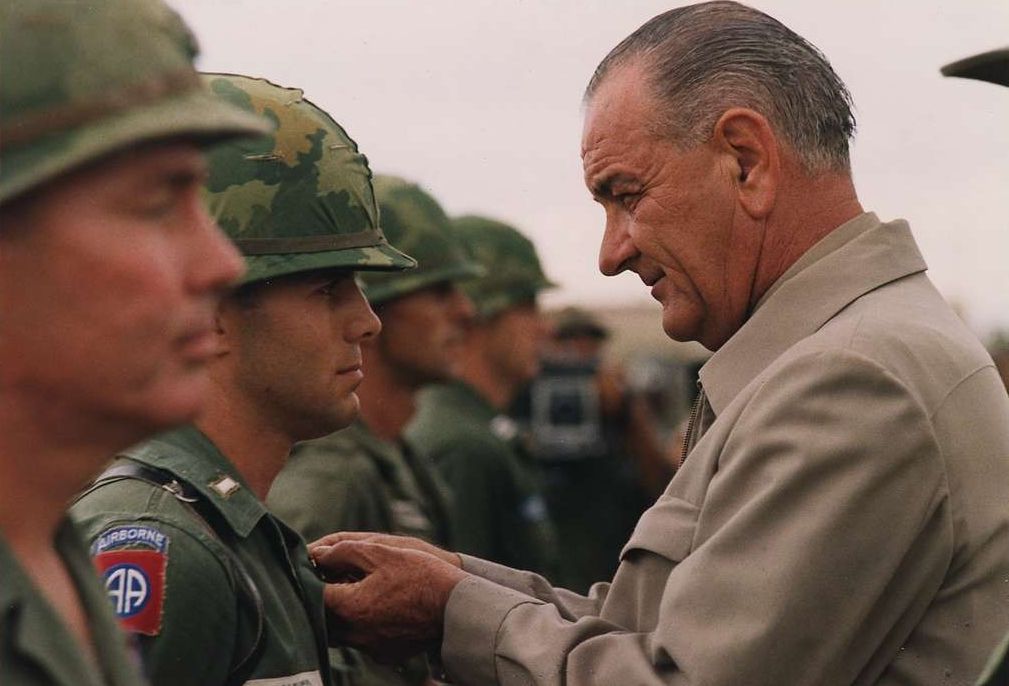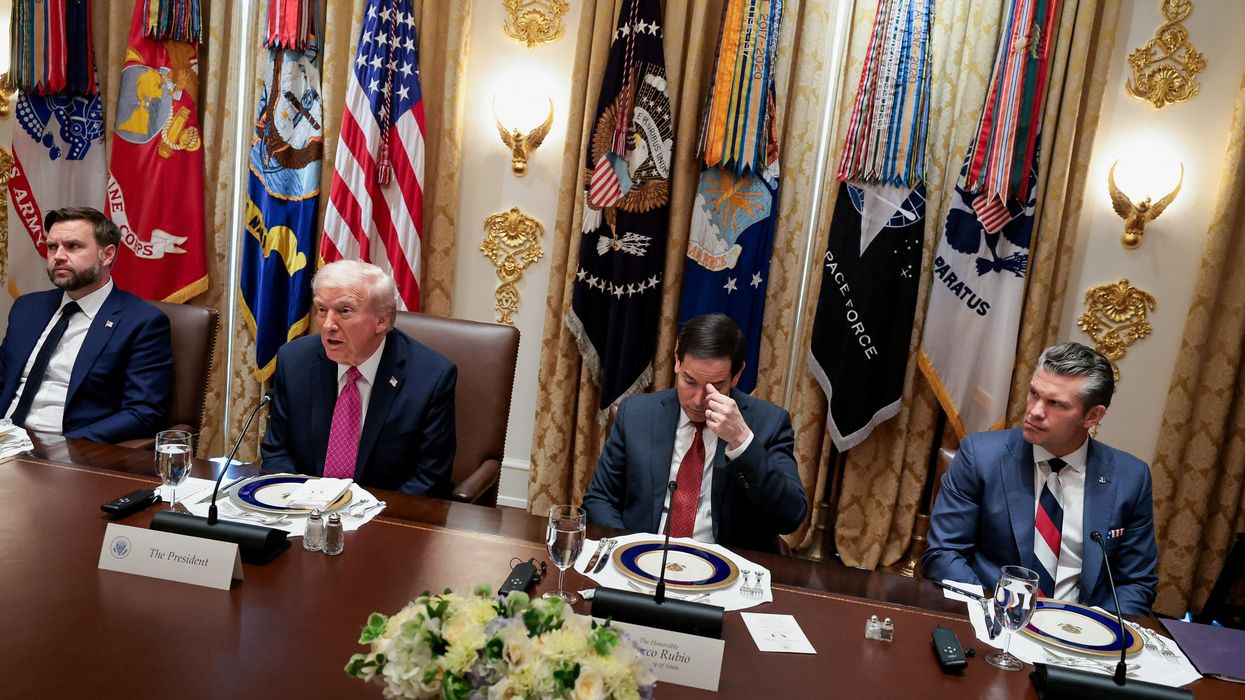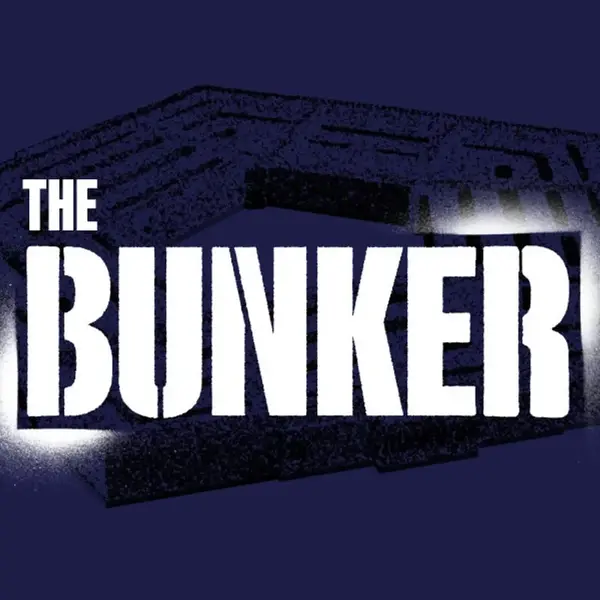Since inauguration day, the Trump White House has routinely evoked a deep-rooted Cold War framework for expressing America’s relationship with war. This framing sits at odds with the president’s inaugural address in which Mr. Trump, conjuring Richard Nixon, argued that his “proudest legacy will be that of a peacemaker and unifier.”
From January 2025 on, the administration has instead engaged in a steady drumbeat of aggressive militaristic taunting, threatening real and perceived enemies, foreign and domestic alike. From ordering 1,500 active-duty troops to assist with border patrolling and deportation missions, to the secretary of defense censuring the nation’s armed forces for not focusing enough on “lethality,” the Trump administration is reviving a decades-long trend within an increasingly militarized U.S. foreign policy — a faith in and fear of war and its consequences.
Since the end of World War II, Americans crafted and then embraced a rather disjointed relationship with war, exhilarated by its possibilities to transform the world and make them safe, while also fearing wars they could not prevent or, perhaps worse, win. This tension between faith and fear has haunted Americans and led to a persistent failure to align ends and means in carrying out US foreign relations.
Of course, ideals, interests, and power matter when it comes to foreign policy. Cold War commentators insisted that international politics was a “struggle for power.” True, some critics worried about the consequences of using “raw power” to achieve global dominance while overestimating threats. They fretted that wielding power might actually produce foreign policy crises rather than solve them.
But in the decades following the Second World War, many Americans feared that if the United States “lost” the burgeoning Cold War, their nation might not even survive. It was a tense time. World War II gave Americans the world…and the faith necessary to rule it. But seemingly new evils emerged that gave pause to policymakers and the general public alike.
Here were inklings of a relationship between faith and fear that would inform U.S. foreign policy ever since. I talk about this in my new book, "Faith and Fear: America's Relationship with War since 1945." A secular faith in war to solve any foreign policy problem, coupled with fears of America’s enemies bringing destruction to the nation’s shores, indelibly shaped policy choices when it came to containing communism around the globe.
In short, Americans largely held faith that war would always be utilitarian, a “rational means” for attaining their desired ends.
In such a cognitive framing, war might bring chaos in the dangerous world of which realists warned, but it also lured with the promise of influence, even dominance, the chance to reshape or control whole swaths of the globe.
Now by faith, I’m not talking about religious determinants in U.S. foreign policy. For sure, church leaders used their pulpits in service to both God and the anticommunist cause. Instead, I’m expressing faith as an anecdote for policymakers’ unwavering trust and confidence in war, as a vital tool for achieving policy objectives.
Civilian and military leaders held faith in nuclear arsenals deterring communists’ pursuit of “world domination.” They assumed covert paramilitary operations would stabilize nations in Latin America and the Middle East enduring nationalist struggles in the postcolonial era. And they faithfully believed that war would aid in modernization efforts aimed at transforming societies abroad, similar to later 21st century counterinsurgency theorists and regime change advocates seeking to bring liberal democracy and freedom to parts of the world supposedly still living in darkness.
Military force thus became an integral component of how policymakers and citizens alike related with the outside world. After World War II, war occupied a place in America it never relinquished.
Not everyone believed this was healthy for America. Dissenters have long worried about a garrison state emanating from this process of militarizing our foreign policy, but too often their voices were drowned out. The United States had to generate power, so the argument went, and then use that power to advance its political aims against an unyielding, atheistic enemy.
But faith also partnered well with domestic politics. Eager politicians extolled the nation’s military capabilities, diminishing the costs of war while worshipping its benefits. Rarely did they consider the possibility that military intervention might make matters worse, exacerbating local problems instead of solving them.
Perhaps unsurprisingly, those who didn’t accept this compulsory faith were branded as unpatriotic heretics. A false faith in war, taken to its extreme, bred not just hyper-patriotism, but xenophobia and nativism. In the process, dissent was driven to the political periphery. It seemed far easier, and far more patriotic, to embrace false promises of easy, if not eventual victory when the nation committed itself to war.
Aside this essentialist faith in war sat a fear that nearly all national security threats, both foreign and domestic, were existential ones. Americans bounded their faith in war to a kind of Hobbesian, primal fear of the unknown.
So, what were Americans afraid of? What left them in a near constant state of Cold War paranoia? Well, everything. They feared atomic war and “unconventional” war. They feared an anarchic international system seemingly under threat by godless communist forces. They feared arms races and missile gaps, threats abroad and threats at home. They feared depressions and recessions, the future and the past. They feared Soviet spies and Cuban “revolutionaries,” and, perhaps worst of all, they feared each other.
Americans displayed a kind of “neurotic anxiety” born of perpetually exaggerated fear. The parallels to today are striking. Had not the 9/11 attacks, as just one example, also revived long-simmering, stereotypical fears that Muslim extremists, in literary critic Edward Said’s words, might “take over the world”?
And, not surprisingly, as the Cold War persisted, opportunistic politicians and big business realized that existential fear could be a useful tool for persuasion, propaganda, and profit. Taken to its politicized extreme, fear could breed a form of militarized consensus.
In fact, the insidious relationships between legislators and lobbyists became a hallmark of Cold War politics as major defense firms were rewarded for the nation’s increased military posture. As one journalist noted in 1961, the purposes of the military-industrial complex fit “neatly in the atmosphere of crisis…as the United States continued to be held in the grip of wartime thinking.”
These tensions between faith and fear matter because they endure. For Cold War Americans, not unlike today, war was immensely relevant. As George Kennan, the father of “containment,” saw it in 1951, “many people in this country are coming to believe that war is not only unavoidable but imminent.”
The nation’s ongoing support for the interminable conflicts in Eastern Europe and the Middle East, along with ever-expanding defense budgets and militarized policing at home, suggests little has changed in the ensuing decades.
Ultimately, these interactions between faith and fear have the potential to culminate into a spiraling, never-ending militarization of American foreign policy that leaves us far less safe in an uncertain world.
















